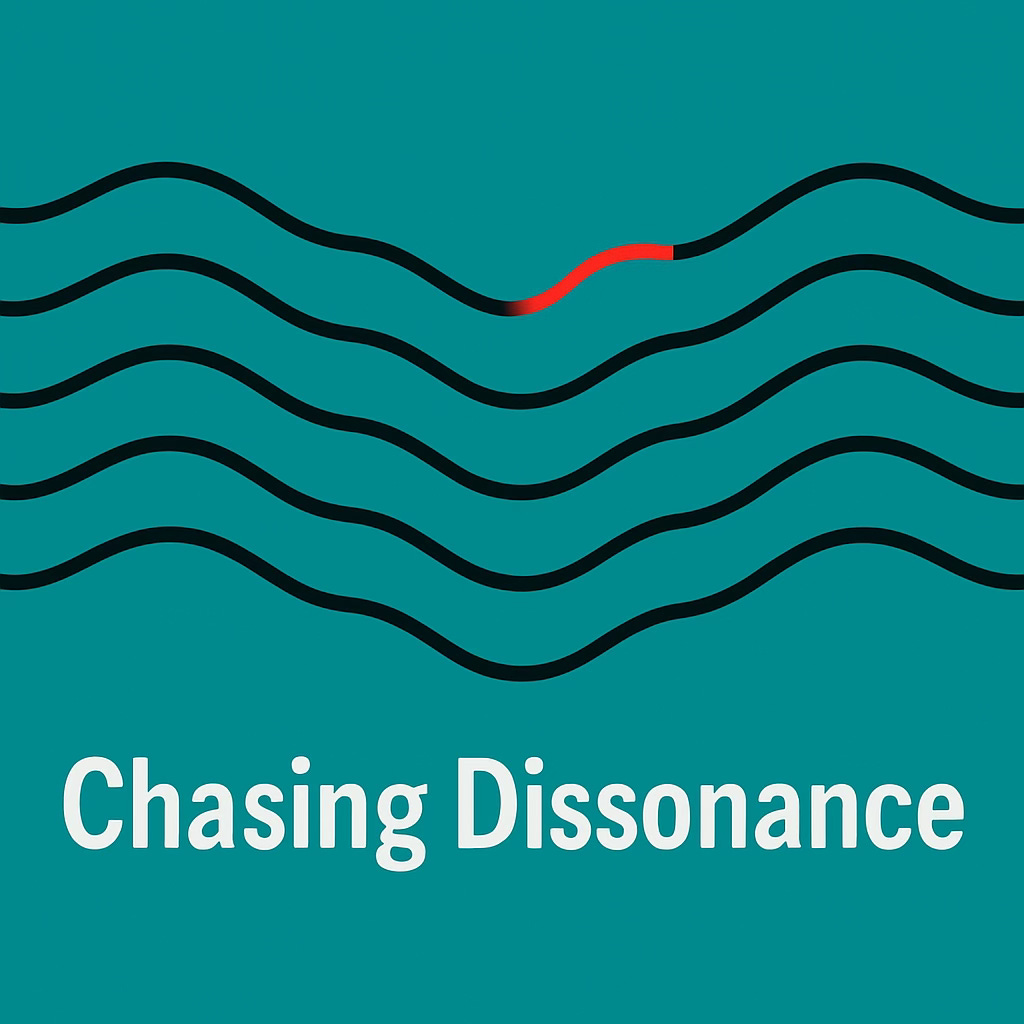Dashboards Are Dead! Long Live Dissonance
For decades, data visualization dashboards have been a cornerstone of decision-making. Tools like PowerBI, Tableau, and others have become ubiquitous across industries, promising real-time insights into KPIs, trends, and performance metrics. Yet, in practice, dashboards often become overwhelming collections of graphs and tables, making it difficult for users to focus on what truly matters.
The Problem with Dashboards
Dashboards were designed to help users interpret complex data quickly. However, they frequently fall short because:
- Too Much Information: Dashboards often cram every possible metric into one view, creating noise that buries critical insights.
- Symptom, Not Cause: What appears on a dashboard is often just a symptom. Users need to navigate multiple dashboards to diagnose the root cause of issues.
- Changing Relevance: The importance of metrics shifts over time, but dashboards rarely adapt dynamically to highlight what’s most relevant in the moment.
- User Interpretation Required: Dashboards rely on users to spot anomalies and decide what to investigate, which can lead to missed or delayed insights.
What If We Could Do Better?
Imagine an AI system that doesn’t just display data but actively listens for the “dissonant chord” — the anomaly or outlier that disrupts the harmony of otherwise normal business metrics. This system would:
- Understand business rules and acceptable variances.
- Identify which changes are truly abnormal and impactful.
- Summarize these dissonant factors clearly.
- Suggest potential remedies where possible.
Why Is This Hard?
Every data point naturally fluctuates. Distinguishing between normal variability and meaningful anomalies requires deep contextual understanding — something traditional dashboards cannot provide.
Why Do We Have Dashboards in the First Place?
A quick look at the benefits dashboards promise:
- Improved Decision Making: Consolidate complex data into clear visuals for faster insights.
- Accountability and Collaboration: Promote transparency and alignment across teams.
- Tracking KPIs and Performance: Monitor progress toward goals continuously.
- Early Problem Detection and Forecasting: Spot issues before they escalate and plan accordingly.
All of these are valuable — but only if the user can easily find and interpret the right information.
How Can AI Help?
With advances in large language models (LLMs) and machine learning, AI can:
- Build Impact Maps: Outline factors influencing a target metric.
- Measure Relative Impact: Quantify how much each factor affects the overall goal.
- Detect Dissonance: Identify abnormal changes within each factor.
- Summarize Insights: Highlight the most critical dissonant factors.
- Recommend Remedies: Suggest actions to address issues where possible.
What’s Next?
At Virtua Research, we’ve distilled these ideas into practical AI-driven solutions, working with over 500 public companies to transform how Investor Relations teams manage risk and performance. In upcoming posts, I’ll share how we apply this approach to real-world challenges, starting with the factors impacting risk management in Investor Relations.
